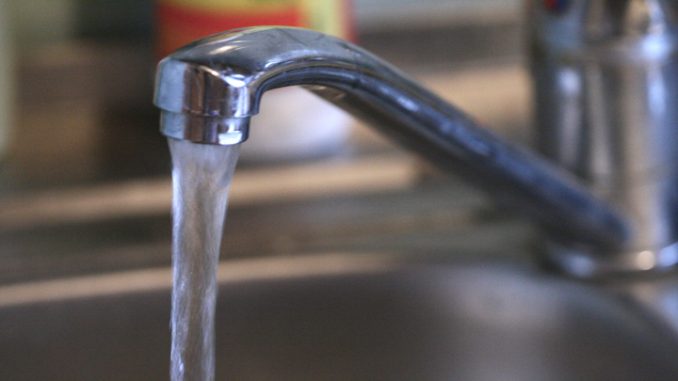
In the wake of the water crisis plaguing the city of Flint, Michigan, there has been a nationwide effort to address the risks of lead exposure. The poisoning of the Rust Belt city was the result of a water line switch that served as a cost-cutting measure by Gov. Rick Snyder in 2014. The scandal has subsequently created a national dialogue regarding lead exposure.
A recent study by Vox examined lead exposure risks around the country on a town-by-town basis. Using housing and poverty data, they ranked communities nationwide on a scale from one to 10, in escalating levels of risk. While the surrounding areas in the town and village of New Paltz have a ranking of four, SUNY New Paltz’s campus had a ranking of nine. This puts them on the same lead exposure risk levels of industrial cities like Pittsburgh and Cleveland.
Mike Malloy, the director of environmental health and safety at SUNY New Paltz, said that the statistical data used for the study appeared to be based off of inferences on the age of buildings on campus.
“It looks like [Vox] looked at the age of building and economic standings of residence, which would raise our ‘level’ strictly on those parameters because of the age of our buildings and the ‘income’ level of the residence here on campus,” Malloy said.
Given that the campus is a state-run facility, Malloy said that he expected the lead exposure levels to be lower. According to Malloy, the concerns center around two methods of exposure: lead in the paint used in buildings around campus and in the water supply. Unlike what happened in Flint however, the fears of water contamination are unfounded, as Malloy pointed out that the college gets its water from municipal lines provided by the New York City Department of Environment Protection.
Malloy said that in his eight years at New Paltz, the department has tested water samples “10 to 15 times,” all addressing complaints of discoloration as a result of iron levels. Additionally, SUNY New Paltz has a respectable Environmental Protection Agency record, with no compliance violations or issues in the past five years.
Regarding the exposure risks from lead in paint, Malloy said that most paints no longer have high concentrated levels of lead. Malloy did acknowledge that some buildings with stained glass windows, like those in Old Main and Old Library, had trace levels of lead but were dealt with by independent lead abatement contractors.
Malloy also mentioned that lead is dangerous when consumed, which means that those trace amounts do not pose an immediate risk to students or faculty. He stressed that is important to remember that lead exposure is far more crucial regarding child safety, as young children are more likely to suffer as compared to adults.
“We have relatively very few sources of lead and therefore we have very few ‘exposures’ as compared to other environments around the world,” Malloy said. “Infants and children have a much greater concern exposures than us [as adults]. That’s not to say we as adults are unaffected by lead, it just takes a larger dose to cause harm, whereas an infant and child have a greater reaction to low level exposures.”
According to Malloy, New York State does have some regulations requiring lead abatement of housing and buildings but not on the same level as Massachusetts, which has strict laws to protect children from exposure. Additionally, he stated that the lack of oversight by the national government on lead paint testing on imports puts children at risk. At the same time, Malloy was complimentary of the work OSHA has done to address occupational lead exposure and HUD’s oversight on lead exposure in public housing.
“Of course if you looked for lead, meaning brought the detectable limits on sampling methods down to infinitesimal levels, you would find it throughout our environment, [in soils primarily] because of the leaded gasolines used in our cars a few decades ago,” Malloy said.
